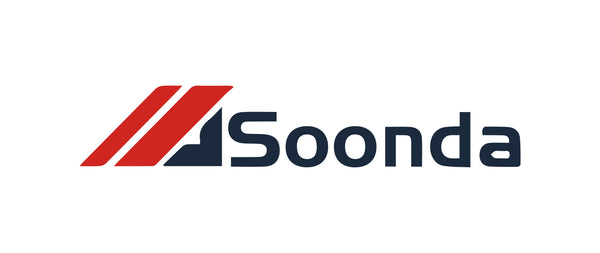How to Troubleshoot Common Issues with Laser Cutting Equipment
Share
Laser cutting equipment has become increasingly popular in recent years, thanks to its ability to quickly and precisely cut a wide range of materials. As a distributor of Ortur, Aufero, and DAJA brands on my Shopify store, I have seen firsthand the benefits that laser cutting can bring to businesses. However, like any technology, it is not without its challenges. In this article, we will explore some common issues that can arise with laser cutting equipment and how to troubleshoot them.
1. Inconsistent Cutting Results
One of the most frustrating issues that can occur with laser cutting is inconsistent results. This can manifest in a variety of ways, such as uneven or jagged edges, incomplete cuts, or variations in depth. The first step in troubleshooting this issue is to check the focus of the laser. If the laser is not properly focused, it will not produce consistent results. Make sure to follow the manufacturer's instructions for properly adjusting the focus of your laser cutting equipment.
Another common cause of inconsistent cutting results is a dirty lens. Over time, dust and debris can build up on the lens of your laser cutter, affecting the quality of the cuts. Regularly cleaning the lens with a soft cloth and lens cleaner can help prevent this issue.
2. Material Warping
Another common issue with laser cutting is material warping. This can occur when the laser is not powerful enough to cut through the material, causing it to heat up and warp. To prevent this, it is important to use the correct laser settings for the material you are cutting. You may need to adjust the power and speed settings to achieve the desired results.
In some cases, material warping may also be caused by the material itself. For example, some materials, such as acrylic, are more prone to warping than others. If you are experiencing consistent warping with a specific material, it may be worth considering using a different material or adjusting your cutting technique.
3. Burn Marks
Burn marks can be a common issue when laser cutting certain materials, especially wood and acrylic. While some burn marks are inevitable, there are a few steps you can take to minimize their appearance. First, make sure your laser is properly focused and using the correct settings for the material. You may also want to experiment with different cutting speeds to see if this has an impact on the appearance of burn marks.
Another way to reduce burn marks is to use masking tape on the material before cutting. This can help protect the surface and prevent burn marks from appearing. Additionally, regularly cleaning the lens and ensuring proper ventilation in your workspace can also help reduce the appearance of burn marks.
4. Excessive Noise or Vibrations
If your laser cutting equipment is making excessive noise or producing vibrations, it could be a sign of a mechanical issue. Over time, the belts, bearings, and other moving parts of your laser cutter can wear out or become misaligned, leading to noise and vibrations. It is important to regularly inspect and maintain these parts to prevent issues from occurring.
If you notice excessive noise or vibrations while using your laser cutter, it is best to stop using it immediately and inspect the machine for any loose or worn parts. If you are unsure of how to do this, it is recommended to contact the manufacturer or a professional for assistance.
5. Software or Connectivity Issues
Many laser cutting machines rely on software and connectivity to function properly. As such, issues with these components can also affect the performance of your equipment. If you are experiencing problems with your laser cutter, it is important to check for any software updates or connectivity issues.
In some cases, the issue may be related to the design software you are using to create your cutting files. Make sure to use a reliable and compatible software that is recommended by the manufacturer. If you are still experiencing issues, it may be worth reaching out to the manufacturer for further assistance.
Conclusion
Laser cutting equipment can be a valuable asset to any business, but it is important to be aware of the common issues that can arise and how to troubleshoot them. By regularly maintaining your equipment and following proper procedures, you can minimize the chances of experiencing problems and ensure that your laser cutting operations run smoothly.
